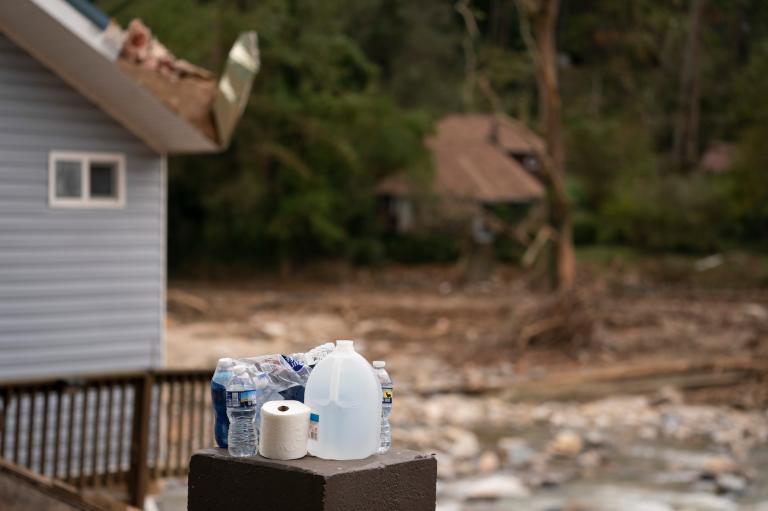Q. Dear Umbra,
My sweetie usually gives me flowers for special occasions, like holidays and my birthday. But it just occurred to me that I don’t know much about how sustainable cut flowers are. Are all those roses, lilies, and daisies actually bad for the planet? Do I have to give them up? I love getting flowers!
Gwen S.
Geneva, Illinois
A. Dearest Gwen,
I’m no fan of looking a gift horse in the mouth, especially when the giver is so thoughtful (and the horse so lovely to look at, and usually quite easy on the nose as well). And if there’s one thing I’ve learned about relationships, it’s that criticizing one’s sweetie for trying to do something nice for you is usually not going to score you any romance points. Plus, flowers are natural and compostable, right? What’s not to love?
I hate to be a bouquet buzzkill, but it turns out there are actually a few details about the floral industry that should give us all pause. That’s not to say you and your beloved have to swear off gifted gladioli completely, but some blooms are much more sustainable than others. So how do we sniff out the winners?
First, a look at the conventional flower biz. Most blossoms come with a whopping transportation footprint: About 80 percent of the ones we buy here in the U.S. come from South America, primarily Colombia (with Ecuador and Costa Rica also playing a role). Imports also dominate in Europe, in that case coming from Kenya. And shipping delicate flowers requires a lot more care — and a lot more energy — than shipping, say, plastic doodads. The blossoms must go from refrigerated warehouse to refrigerated cargo plane to refrigerated truck to refrigerated florist shop — a whole lotta cooling that generates a whole lotta CO2 emissions.
Then there’s the matter of chemicals. Most flowers get hearty doses of fertilizers and pesticides — some so toxic they’ve been banned in the U.S., but not in the developing countries where our flowers are grown. (Because we don’t eat flowers — well, except at très fancy restaurants — the authorities don’t do much regulating.) That’s bad news for the ecosystems surrounding flower-growing operations, and also for the workers who get high doses of exposure to the nasty substances.
So, Gwen, perhaps now you’re wondering if you can follow the same rules we have for food and look for local and organic flowers. Good thinking! But local flowers can be tricky; if they’re grown out of season, they likely come from energy-hogging greenhouses. Shopping for in-season, field-grown flowers can help with this, and finding a local grower makes asking questions about seasonality easy. How? Try your neighborhood farmers’ market, or consult the databases at Slow Flowers or Local Harvest to see who’s who in your corner of the world. The American Grown label will also guide you to blossoms that are at least domestically raised. Smaller, local farms are often your best bets for finding organic flowers, too, so you can make your dollars do double duty (though some farther-away organic producers will ship to you).
And if you do find yourself in the market for something a little more exotic? Thankfully, there are a few third-party certification systems out there to help you pick the choicest blooms. A Veriflora label means the growers strive for fair working conditions, eco-friendly practices, and reduced chemical use; the similar Florverde label certifies your bouquet was produced with water conservation, pollution reduction, and reduced pesticide use top of mind. The familiar Fair Trade and Rainforest Alliance labels also cover some flowers. These shouldn’t be too tough to find, either, as stores like Whole Foods, Costco, and Shopko carry eco-certified blooms.
Finally, Gwen, might you consider cutting back a bit on store-bought flowers — which, for all their prettiness, are a fairly high-impact luxury item? Perhaps you could suggest that your sweetie give you a living potted plant instead? Or supplement your floral intake with paper or fabric flowers? Or, my favorite idea: How about some native wildflower seeds you can grow together in your yard, then pluck for uber-local arrangements come summer? I would never advise you two to completely abandon such a time-honored ritual of romance, but I daresay these tips will make green a much more prominent hue in your bouquets.
Horticulturally,
Umbra



